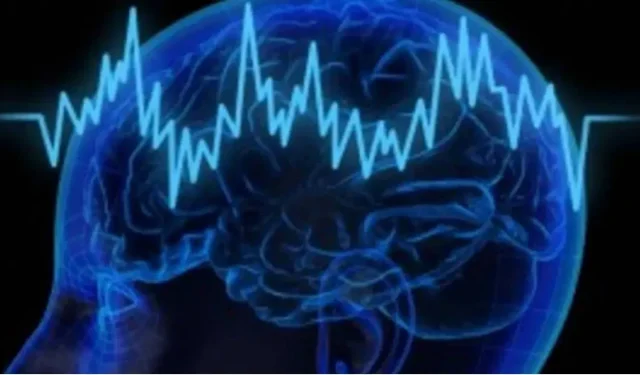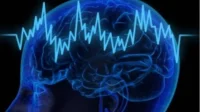Memory is at the very heart of our brain, in an incredibly complex and efficient mechanism. Here’s how it all works.
The human brain is an utterly formidable machine. This one can record a million billion bits, far more than any computer, but unlike the latter, it doesn’t record everything you want, only potentially useful information. To control all this, several memories in different brain centers are used. The memory is distributed, perfectly organized. Here’s how it all works.
Overview of the brain
The human brain is divided into four main regions: the brainstem connected to the spinal cord, the cerebellum at the back of the skull, the limbic system in the center—with the hippocampus, amygdala, and striatum—and both hemispheres on the surface.
Each of these two hemispheres has four lobes. The frontal lobe is responsible for reasoning and planning, as well as language, voluntary movement, and self-awareness. It is the seat of our personality. The parietal lobe is the seat of speech and sensory perception. The occipital lobe, on the other hand, is the area for decoding visual information. Finally, the temporal lobe allows us to process auditory information, understand the meaning of words, and remember our memories.
The hippocampus, an important crossroads of memory
One of the most important brain regions for memory is the hippocampus in the old (limbic) brain. Shaped like a seahorse, the hippocampus plays a fundamental role in shaping our memories, but does not store them. Look at it more like a crossroads. It changes along with our intellectual activity. The more you use your memory, the bigger the hippocampus!
long term memory
Long-term memory is actually a combination of several types of memory. There are two broad categories: declarative or explicit memory and implicit or non-declarative memory. Each addresses a specific part of the brain. If declarative memory is called “explicit”memory, it’s because it allows us to consciously remember things. It combines “episodic”and “meaningful”memories, and also involves cortical structures and neural pathways.
Episodic memory, on the other hand, is the memory of our memories. Every moment is made up of sensory memories, and it is the hippocampus that links them together to recreate global memory. And it happens that this connection is so strong that the memory floats to the surface with a simple smell, a song or something else.
Semantic memory is the memory of meaning and knowledge, which is in constant interaction with episodic memory. It separates sensitivity from memory to retrieve general information. It doesn’t need the hippocampus, it activates the frontal cortex and temporal cortex.
The most emotionally charged memories activate an additional area: the amygdala. Thus, we remember the emotions associated with the memory and feel them every time the memory pops up.
The cerebellum, ganglia, and cortex are all involved in procedural memory, a type of implicit memory. We use it when we acquire the know-how to be able to perform certain tasks without thinking about it.
short term memory
Short-term memory allows us to store information very temporarily – a maximum of 45 seconds. After this time, the brain decides to either forget it or transfer it to long-term memory. There are several areas used for this memory.
The prefrontal lobe is primarily when we want to complete a task or solve a problem. It is specially designed to offer us our ability to foresee.
The phonological loop allows you to hold the read or heard verbal information for two short seconds. In addition, it must be repeated in order to hold it for a few more seconds.
Visuo-spatial memory functions similarly to the phonological loop, but it deals with mental images and queries the right hemisphere, as opposed to the former, which queries the left hemisphere.
How to make the brain work
Regular brain function is important in many ways. To do this, you need a healthy and varied diet, as well as protecting yourself from stress, playing sports and training your brain.
The idea is not to limit yourself to limiting and boring exercises, but to play with your memory, mark your brain in a fun way. A smartphone can also be a very useful assistant for working with memory. Luminosity, Fit Brains Trainer or NeuroNation are very effective apps. You can also do concentration and memory exercises every day. Take a list of words (races, names, or whatever), go through it, and say it in order.
In order to remember any information correctly, it must first be understood. And in order to link it, you need a link linking it to something you know well. This will allow you to save it correctly and remember it easily. The more outlandish the links, the more likely they are to be remembered.


